
Teaching and learning resources for the construction industry with NVQ and Diploma Assessment Criteria

Ready-mixed concrete truck
Ready-mixed concrete deliveries are randomly checked by the supplier for consistency of the concrete batch.
Construction sites need to keep their own records of the consistency of the concrete, this is done by a slump, flow test before the concrete has been poured.
Concrete mould cubes need to be done and a record of the reference number for the cube and location on the construction site, the reference number is placed onto a working drawing, and despatch to a test laboratory.
The reason for doing these tests is to ensure that the batches of concrete have the same consistent quality and strength.
If more water is added to the concrete to increase the flow rate, then more cement is needed to ensure that the concrete still reaches its target strength.
Before working with wet concrete ensure that you have the correct PPE, equipment and tools, and have been checked before starting any concrete inactivity.
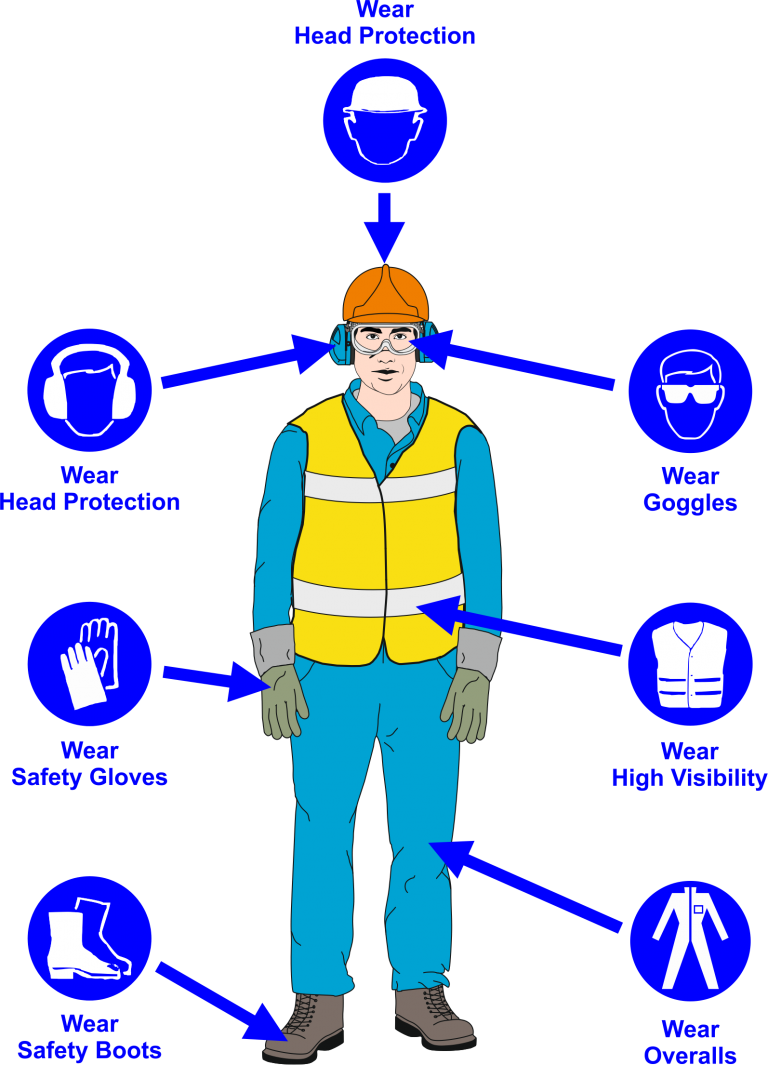
Personal Protection Equipment
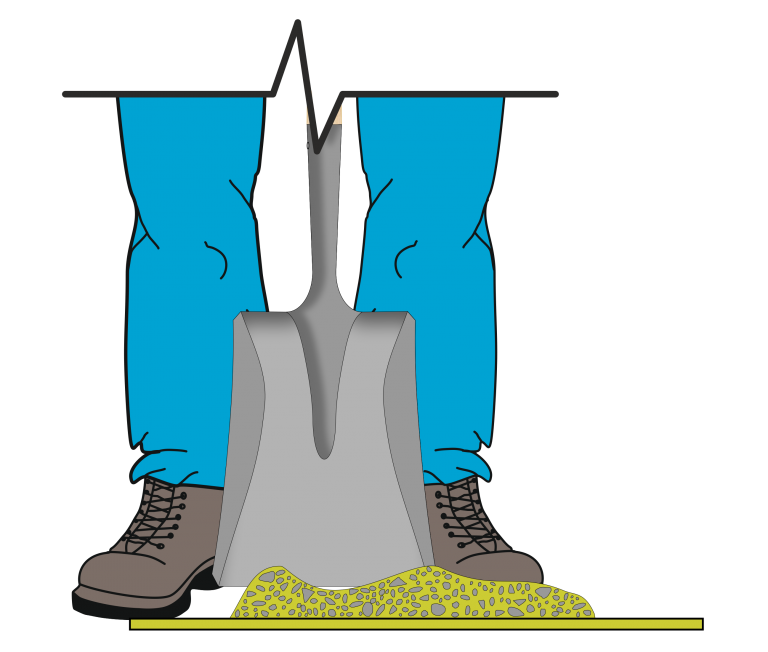
(1) Empty the sampling buckets onto the mixing tray.
Scrape each bucket clean.
(2) Thoroughly remix the sample shovelling into a heap and turn the heap over to form another, do this three times
(3) Flatten the final heap by repeatedly digging in the shovel vertically and lift the shovel clear each time.
(4) Dampen inside of the cone and place it on a smooth, moist, non-absorbent, level surface large enough to accommodate both the slumped concrete and the slump cone.
Stand or, foot pieces throughout the test procedure to hold the cone firmly in place.

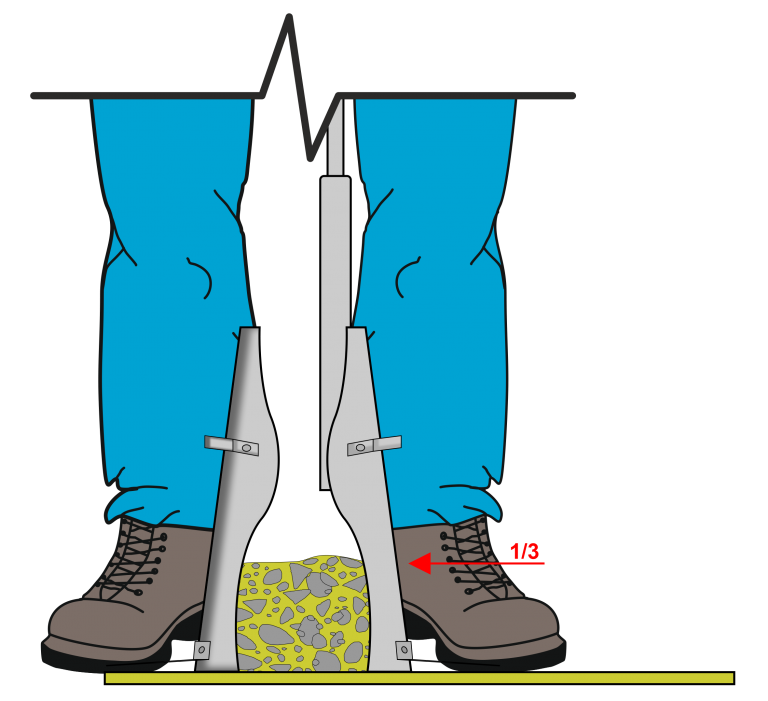
(5) Fill cone 1/3 full by volume and rod 25 times with;16mm dia. tamping rod, 600mm long.
(This is a specification requirement that will produce nonstandard results unless followed exactly.)
Distribute rodding evenly over the entire cross-section of the sample.
(6) Fill cone 2/3 full by volume.
Rod this layer 25 times with the rod penetrating into, but not through the first layer.
Distribute rodding evenly over the entire cross-section of the layer.
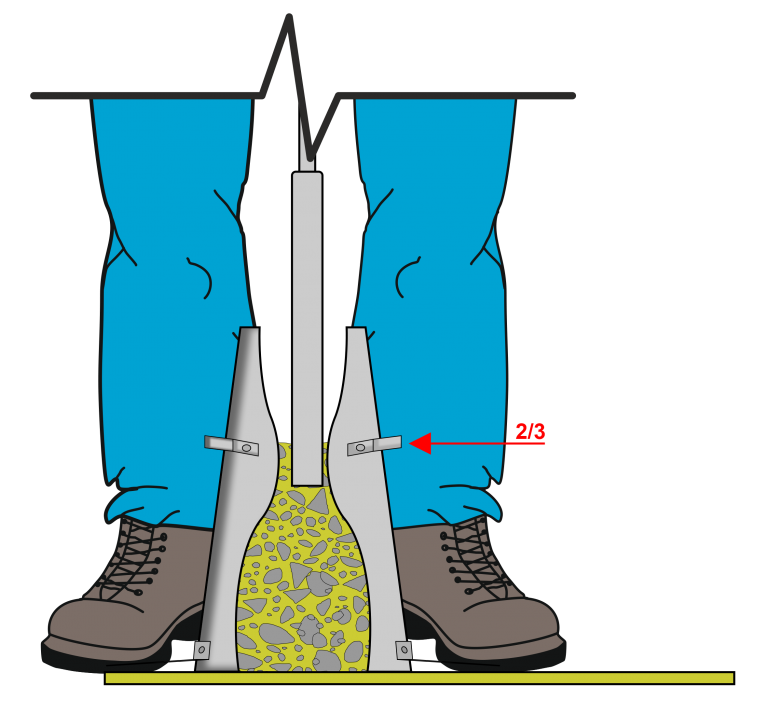
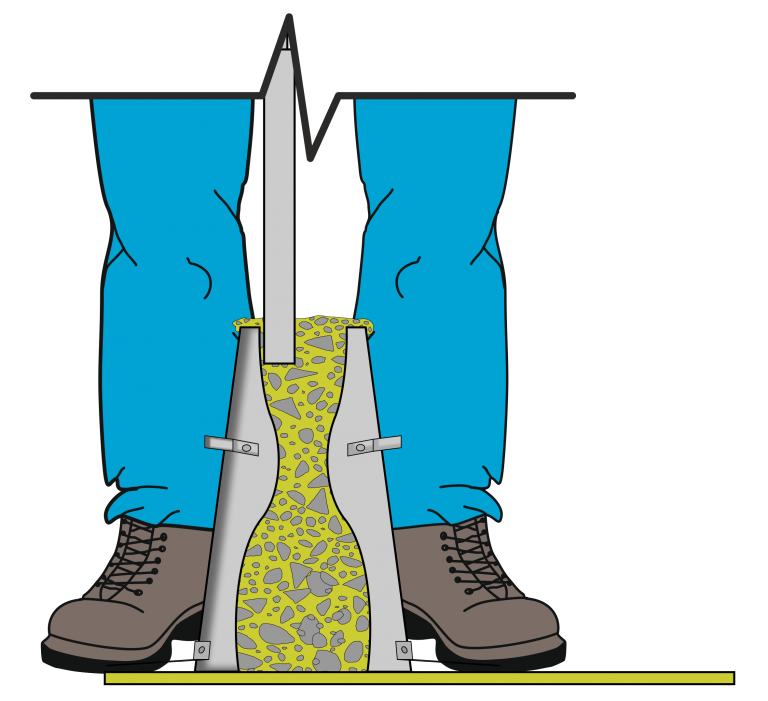
(7) Fill cone to overflowing.
Rod this layer 25 times with the rod penetrating into but not through, the second layer.
Distribute rodding evenly over the entire cross-section of this layer.
(8) Remove the excess concrete from the top of the cone, using the tamping rod as a screed.
Clean overflow from the base of the cone.
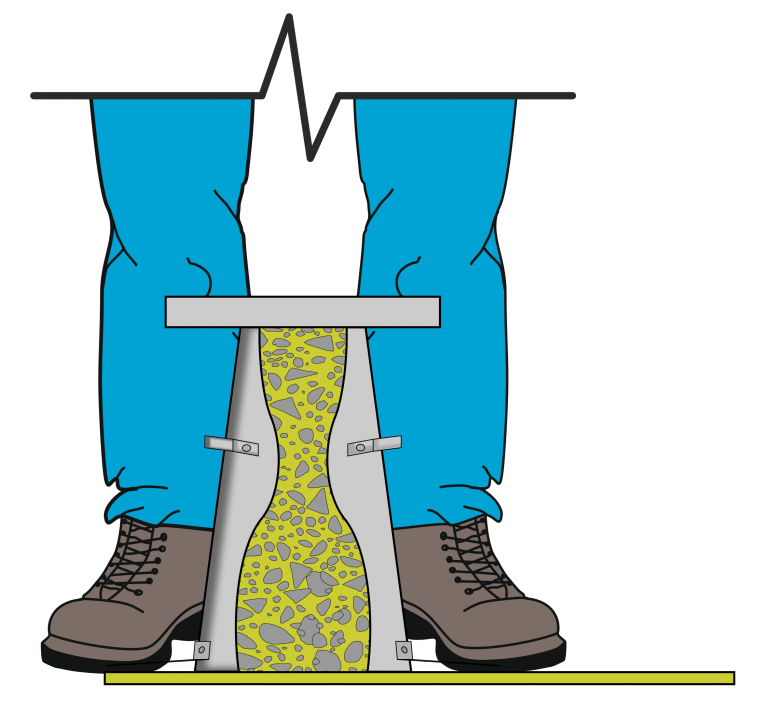
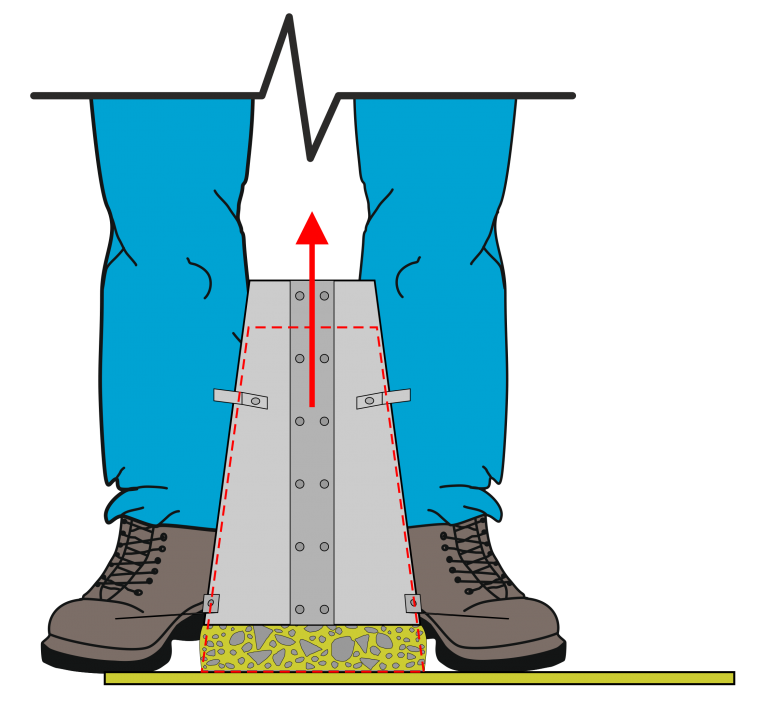
(9) Immediately lift cone vertically with slow, ever motion.
Do not jar the concrete or tilt the cone during this process.
Invert the withdrawn cone, and place next to, but not touching the slumped concrete.
(Perform in 5-10 seconds with no lateral or torsional motion.)
(10) Lay a straight edge across the top of the slump cone.
Measure the amount of slump in inches from the bottom of the straight edge to the top of the slumped concrete at a point over the original centre of the base.
The slump operation shall be completed in a maximum elapsed time of 2 1/2 minutes.
Discard concrete.
DO NOT use in any other tests
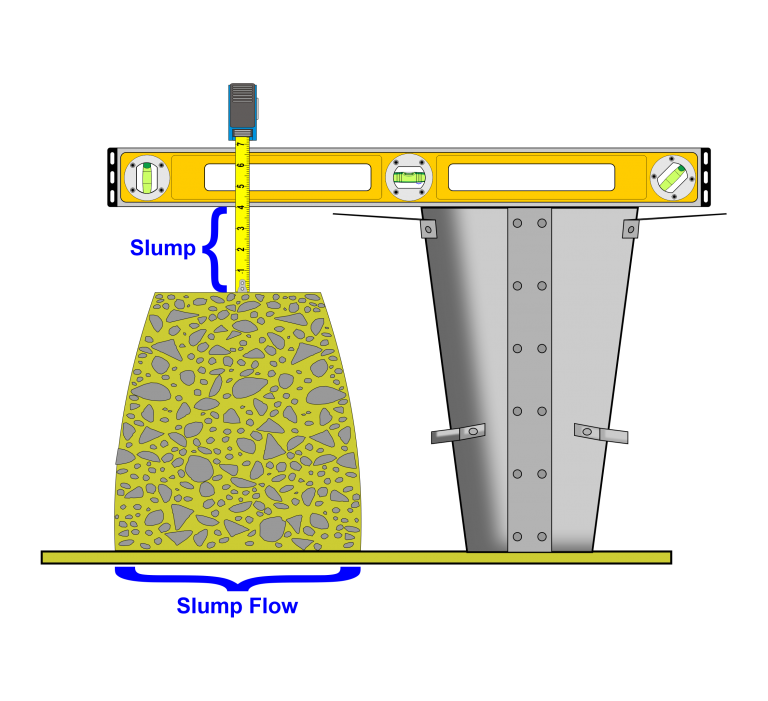
Depending on the water-cement ratio of the mix, the concrete slump will fall under one of four categories:

Step 1
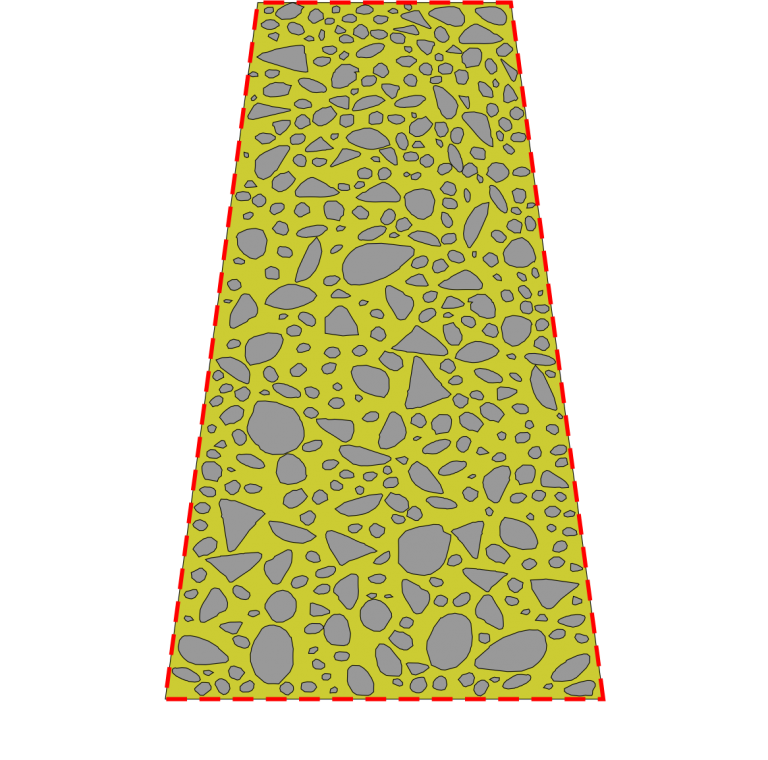
Zero
The concrete retains its shape completely.
This shows that the mix is very dry (this kind of concrete is best used in road construction).
True slump happens because of its cohesiveness and rich mixes.
Rich mix is a mixture that has more cement content.
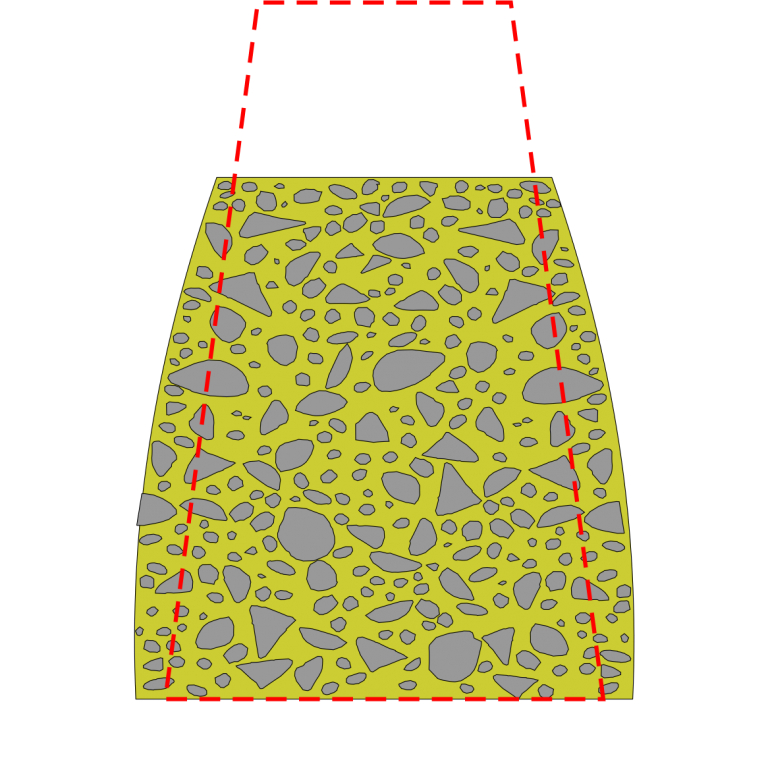
True
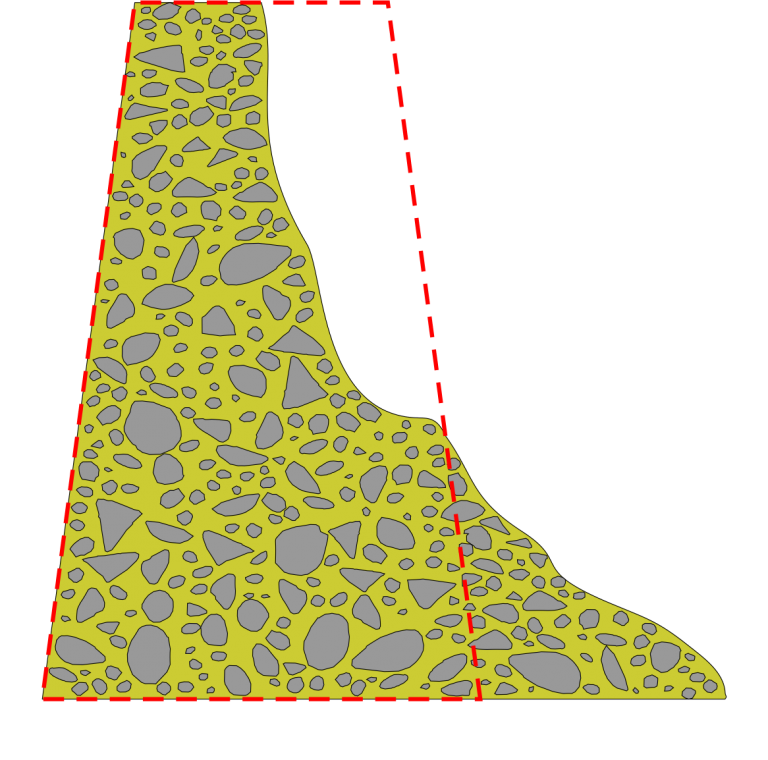
Shear
The top half of the concrete subsides dramatically, leaning to one side, meaning the mix has workability but low cohesion.
The mix may have too much water content and can be retested after being amended
The collapse slump shows that the mix is too wet and produces low-quality concrete.
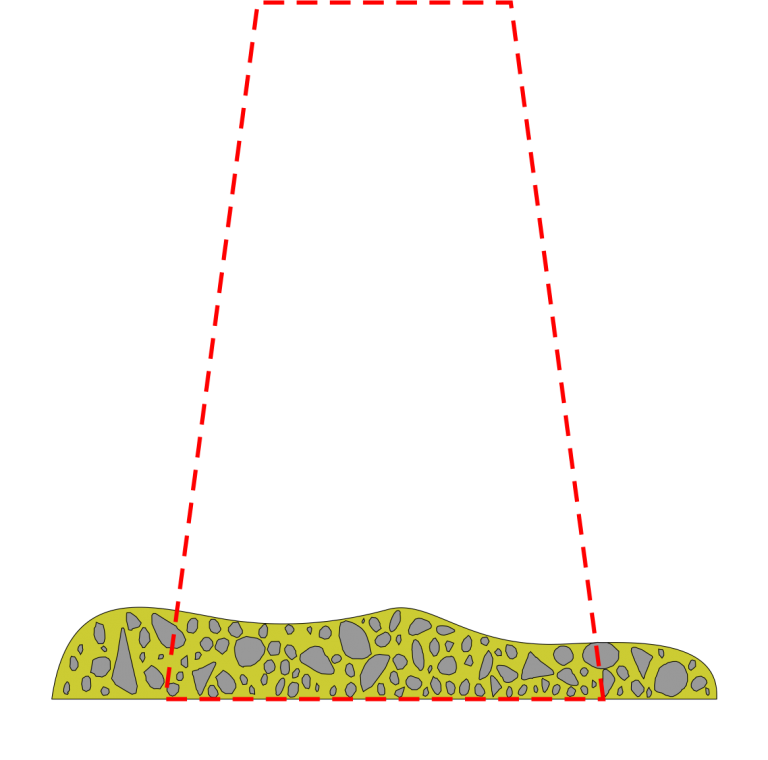
Collapsed
Additional learning resources for this Post can be found on the following links